Paris haute couture week is fashion’s answer to the Olympics
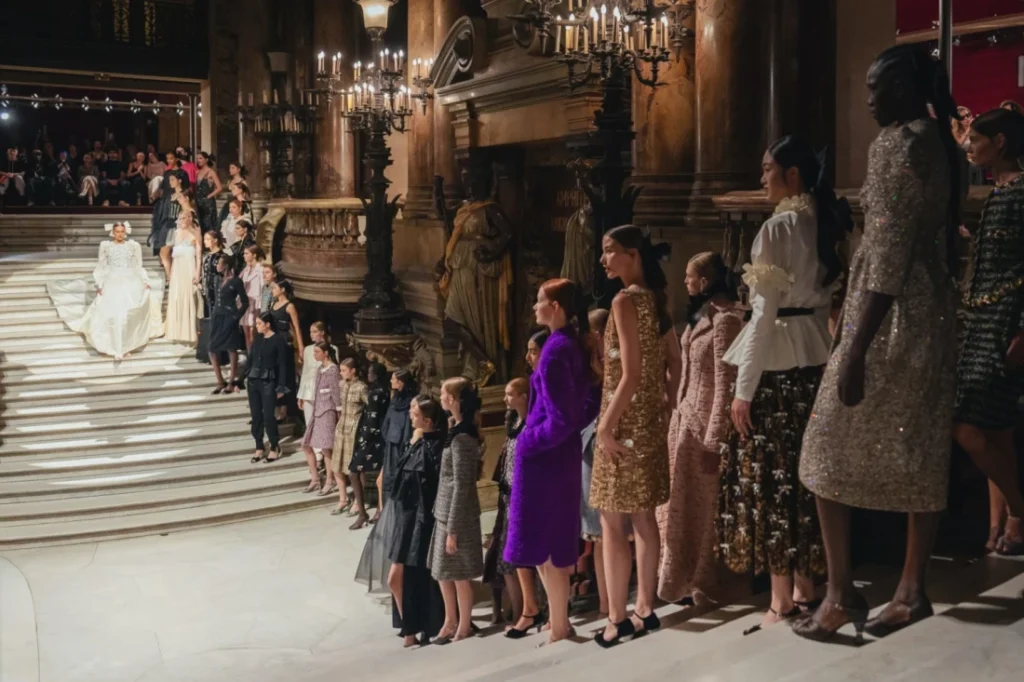
For enthralling displays of human skill, witness the designs of Daniel Roseberry for Schiaparelli and Thom Browne at the autumn/winter 2024 shows.
It’s no surprise that sport was on designers’ minds at haute couture week in Paris.
Held just before the first round of voting in France’s snap elections, there was an air of trepidation across the city. Olympics preparations continued to accelerate and France were still in with a chance at the European Football Championship (before their defeat by Spain).
If there’s one thing fashion and sport have in common, it would be providing a sense of escapism and hope. Call it cognitive dissonance, but at a time of great uncertainty, both can offer a welcome distraction with their enthralling displays of human skill.
And when it comes to the craft of clothing, nowhere is it more discernible than during haute couture week, where ultra-luxury clients gather to see the latest savoir-faire from some of the world’s most prestigious houses.
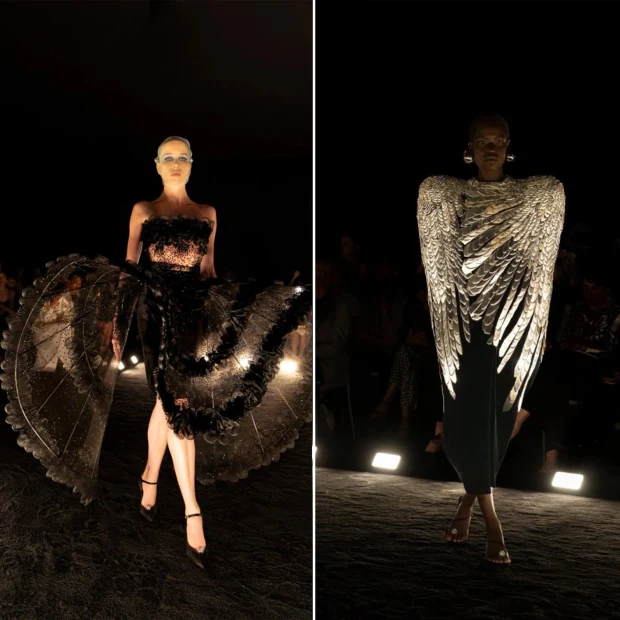
For those reasons, couture has never been more vital, says Pascal Morand, executive president of the Fédération de la Haute Couture et de la Mode. “It [creates] an atmosphere where creativity can flourish and embodies a positive dynamic for Paris.”
The autumn/winter 2024 schedule was light on newcomers and lacked notable regulars such as Fendi and Valentino, which are undergoing a reshuffle in the executive and creative suites, respectively. But there was plenty to appreciate, starting with Schiaparelli, which kickstarted the week.Gold brass, rhinestones, silver metal and sequin decorations twinkled as models slowly zigzagged across the dark chandelier-lit room, making eye contact with guests including Kylie Jenner and Gossip Girl actor Kelly Rutherford. “It was about getting as close to the audience as possible,” explains Texas-born designer Daniel Roseberry after the show.
Read Also: Keep your face towards the sunshine and shadows will fall behind you
Roseberry, who has proved to have a gift for reinvention, much like the house’s founder Elsa Schiaparelli, took inspiration from a feathered look that she wore in the 1940s – a homage to the late ballerina Anna Pavlova and her signature “Dying Swan” performance. The Phoenix, as the collection was called, opened with a black-velvet cape with chrome embroidery that made the model appear enveloped in metallic wings.
There were other animalistic ensembles, too, such as a zebra-printed cape and sheer bodices with little spiky horns. But unlike seasons past, which have included a robot baby and a lion-head dress, this collection veered from gimmicky.
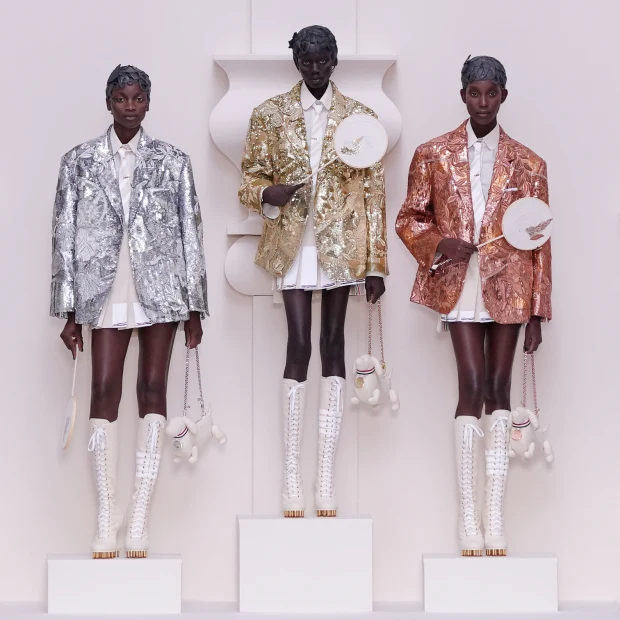
“I didn’t want anyone to talk about anything other than mastery of the clothes. That really was the benchmark for this season. No tricks,” Roseberry says. “The pay-off of social media, frankly, … is so small now, so I wanted to do something that felt more timeless.”
Thom Browne’s second couture collection was a masterclass in construction and layering. The Pennsylvania-born showman often stages elaborate runways in New York, offering clothes that boast couture techniques, so when he presented his first couture show in Paris in July last year, it felt merited.
With the exception of the closing bronze, silver and gold foil jackets, his new collection was mostly greige, made of different weights of natural muslin, a material often used by designers to produce toiles or garment samples. It forced viewers to focus on the finer details of the clothes, which were packed with Olympic references, including embroidered figures of archers, wrestlers and other athletes. There were even spiked track shoes.
What are the odds that the two standouts of Paris couture week – Daniel Roseberry and Thom Browne – are both American? The United States also holds the most Olympic medals to date. Make of that what you will.
Sport was also on the mind of Dior’s Maria Grazia Chiuri, whose penchant for artist collaborations and Grecian goddess styles we can now predict. But rather than a literal interpretation of athleisure, Chiuri took inspiration from the mobility and comfort it offers.
“Clothes help people to perform and that means you feel well in what you wear,” she shares ahead of the show.
With dewy skin and slicked back hair, the way one might look after exercise, models wore flowing moiré silk dresses, trousers with a cascading wrap-over skirt and satin-trimmed tank tops as they walked alongside colourful sports-themed mosaics based on the works of the late American painter Faith Ringgold.

There were also glam sparkling singlets that looked like bathing suits – but they were not made for swimming and would be better suited for lounging in, or worn tucked into trousers.
Chanel, which is without a creative director after the departure of Virginie Viard last month, offered a reliable collection imbued with the house codes: embellished tweed suits, cinched-waist dresses and lightweight ankle-grazing coats in black, gold, silver, ivory, fuchsia and pale pink.
Models had their hair tied up, fastened by a big black bow. The Palais Garnier venue served as a splendid backdrop, although it was a pity that members of the atelier, who designed the collection, did not take a bow. They would have been deserving of the applause.
Giambattista Valli stayed close to tried-and-true staples: graceful gowns, with plenty of chiffon and tulle.
Giorgio Armani, who turned 90 last week, also stuck to his signatures and sent jovial-looking models gliding out in pearl-themed evening ensembles that felt calming but powerful: shimmering gowns extended down the body, and impeccable jackets sat atop trousers or skirts that gleamed and flowed like liquid. There was nothing complicated about it – the best designs tend not to be.
The most intriguing show of the week came from Balenciaga, which each season gives one plenty to think about. Perhaps creative director Demna (who only goes by his first name) sought to create a relaxed atmosphere with the meditation soundtrack that played throughout. Backstage, he says that this kind of guided audio is part of his daily routine.
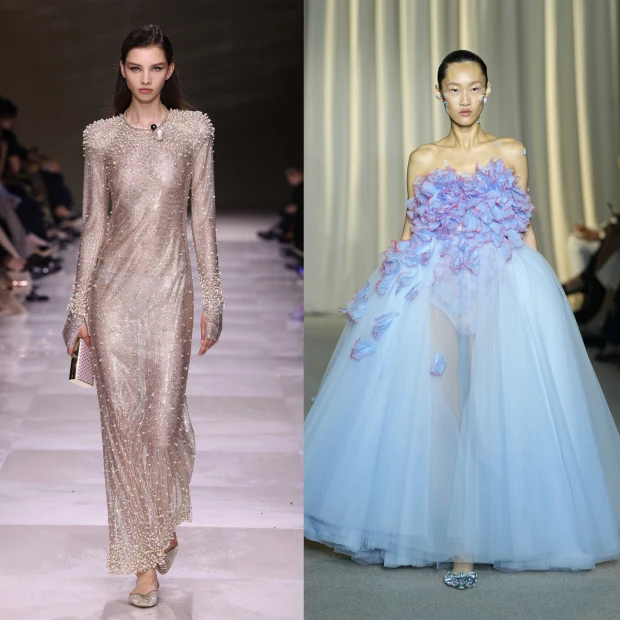
Founder Cristóbal Balenciaga was a master of structure and dreamt up designs that did not conform to the body. Demna sought to do the same by leaning into archival shapes, such as three-quarter, bell-shaped sleeves and cocoon silhouettes, while continuing to mine the worlds of streetwear, goth, skater and metal heads, which have inspired him during the past decade. “I wanted to come up with new things that could enrich the couture technique vocabulary.”As for the clothes, with the exception of a few skirts and gowns, they were mostly big, baggy, utilitarian. Jersey and denim jackets and track pants looked like they had been thrown on and wrapped around the body, or flipped upside down. Plastic bags and aluminium foil were processed and upcycled into one-of-a-kind dresses that crunched as the models walked, while eccentric hats were made from frozen-in-resin T-shirts.
Guests including singer-songwriters Katy Perry and Charli XCX marvelled at the finale: 47 metres of black nylon draped and sculpted on the model by the atelier less than an hour before the show. It took even less time to disassemble. The creation, resembling a life-size loofah sponge, could only be worn once, making fashion akin to having food at a fancy restaurant.
“Nobody needs couture, to be honest; to me it’s an experience of wearing clothes. And I wanted to take that further,” says Demna.
A fresh approach to couture is always welcome, but for something to unravel and dissipate after it had been worn once shows how much fashion, even of the highest kind, has become a byproduct of the Instagram era. And there was something a little bit depressing about that.
Watch Also: https://www.youtube.com/@TravelsofTheWorld24





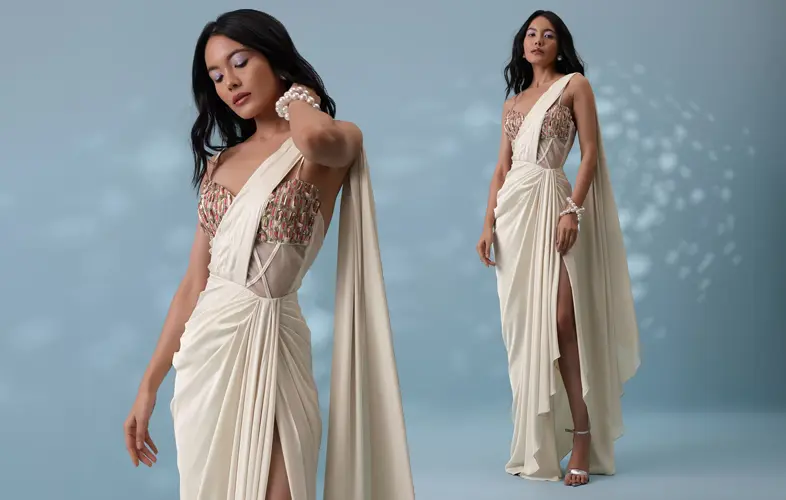

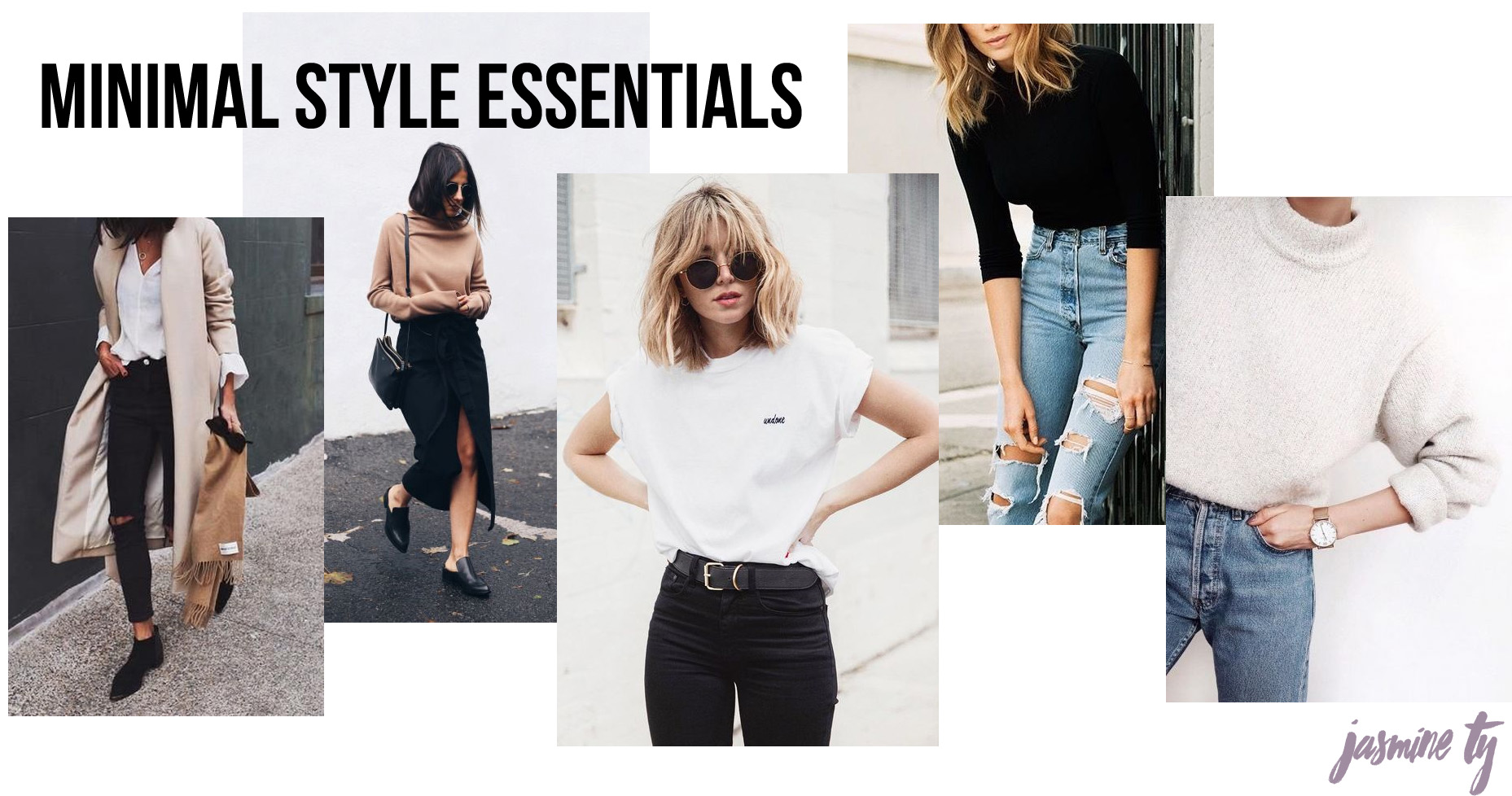


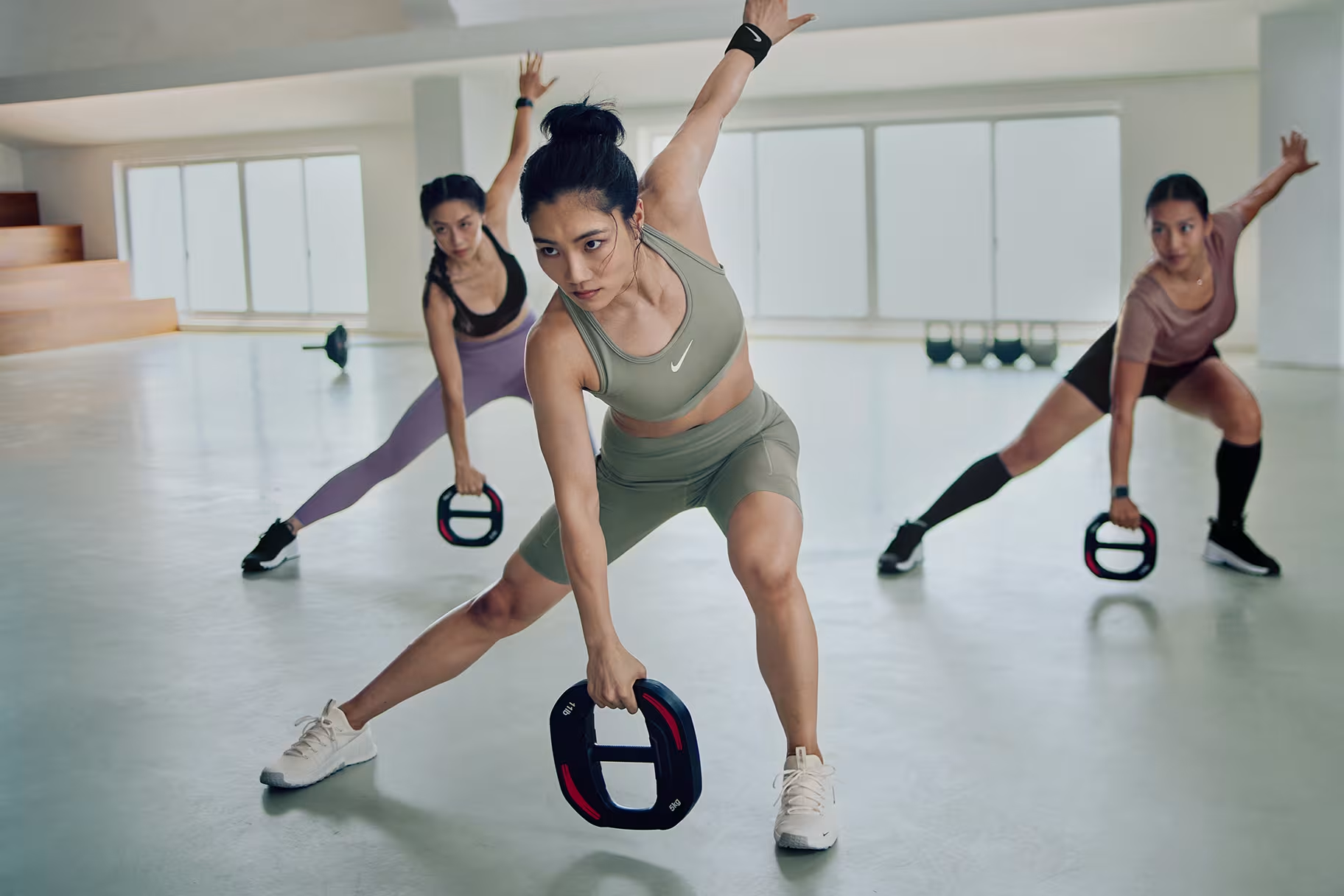



Leave a Reply